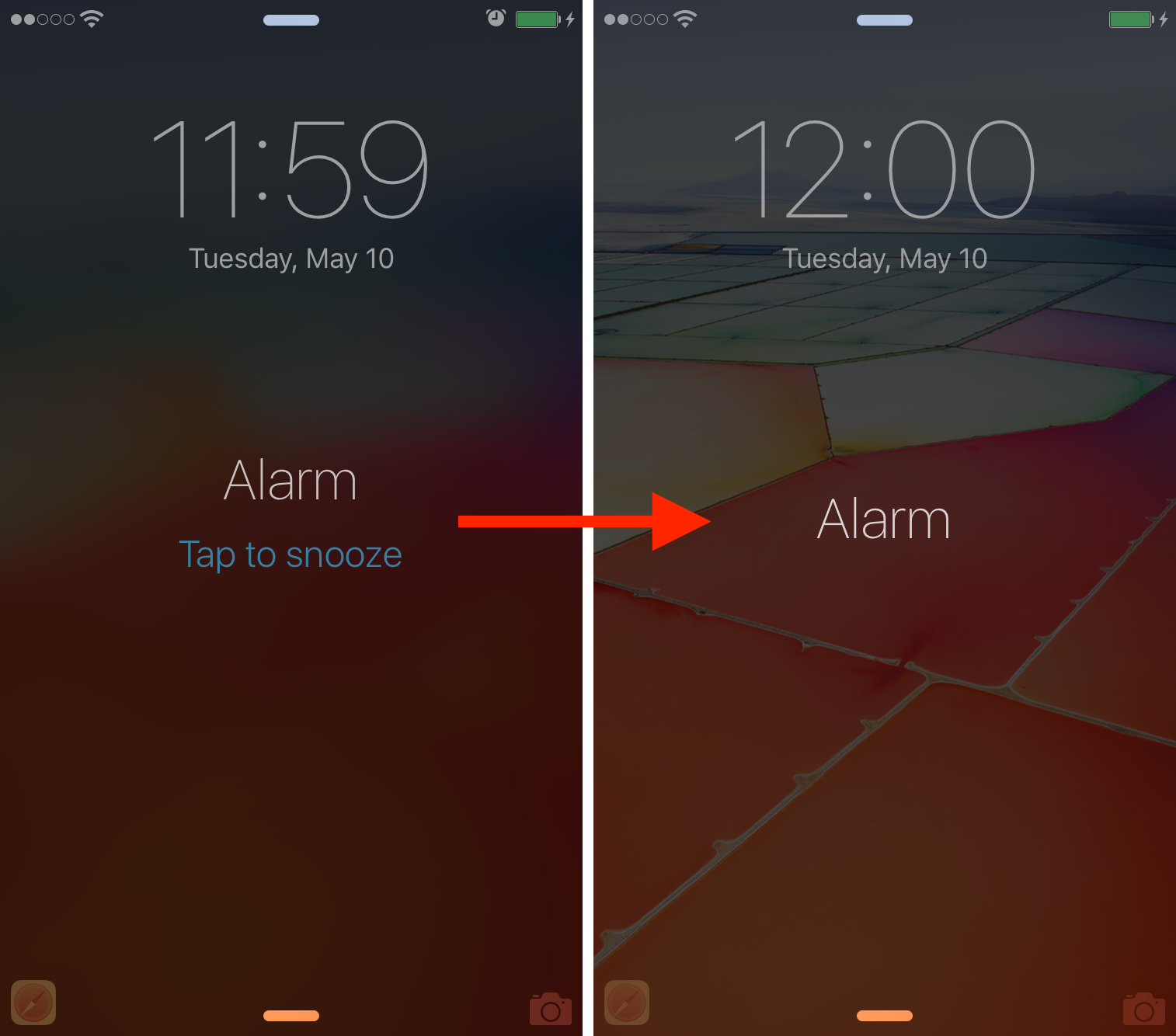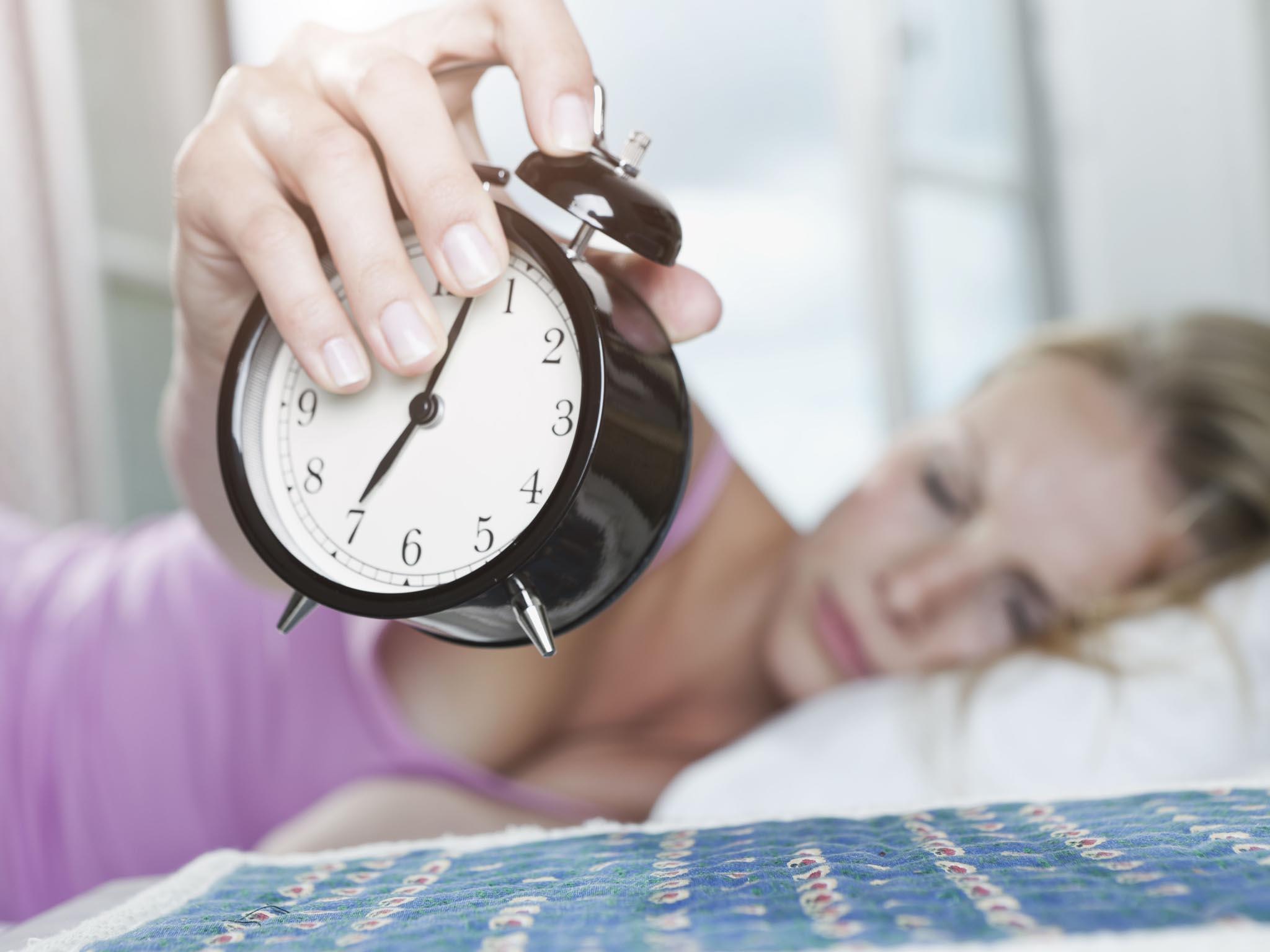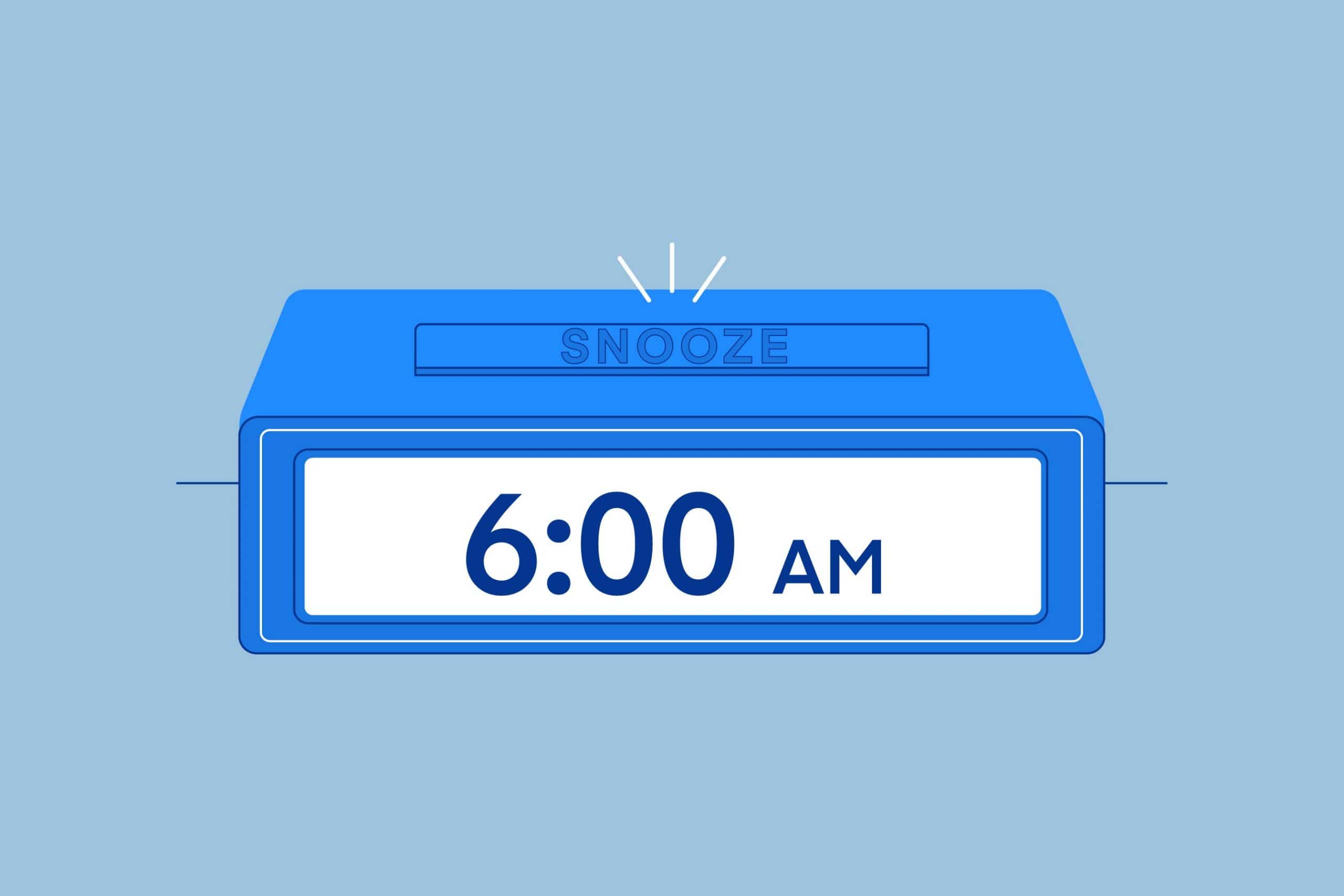
Although nobody loves jumping out of bed the moment the alarm goes off, at least that process is straightforward and clear. The second way the Snooze button works against you is by making the waking process more stressful than it needs to be. That’s because you’re getting thirty minutes of not-so-great sleep instead of remaining in that deeper, more restorative sleep between 6:30 and 7:00.īy hitting Snooze, in other words, you’ve willingly destroyed thirty good minutes of sleep in exchange for six five-minute bursts of crappy semi-wakefulness. Maybe you set your alarm for 6:30 with the idea that you can ride that Snooze button for thirty minutes and thereby wake up in a more relaxed way.

Let’s say you need to be awake and out of bed by 7:00 A.M.

It’s a light stage of sleep, not the deep sleep that scientists believe truly restores us. There are two main reasons for this.įirst, although you may indeed fall back asleep for a few minutes, the quality of that post-Snooze sleep is not great. The fact is, relying on the Snooze function to “squeeze in” a little more sleep is terrible for your sleep health. But the truth is, the Snooze button is not your friend. The Snooze button seems like it’s your friend, providing you with just a tiny bit more rest before facing eighteen hours of consciousness, right? What a pal.

Your alarm goes off in the early morning, it’s still dark outside, and you have two options: either get out of your warm bed now or enjoy just a few more minutes of lovely, lovely sleep.


 0 kommentar(er)
0 kommentar(er)
